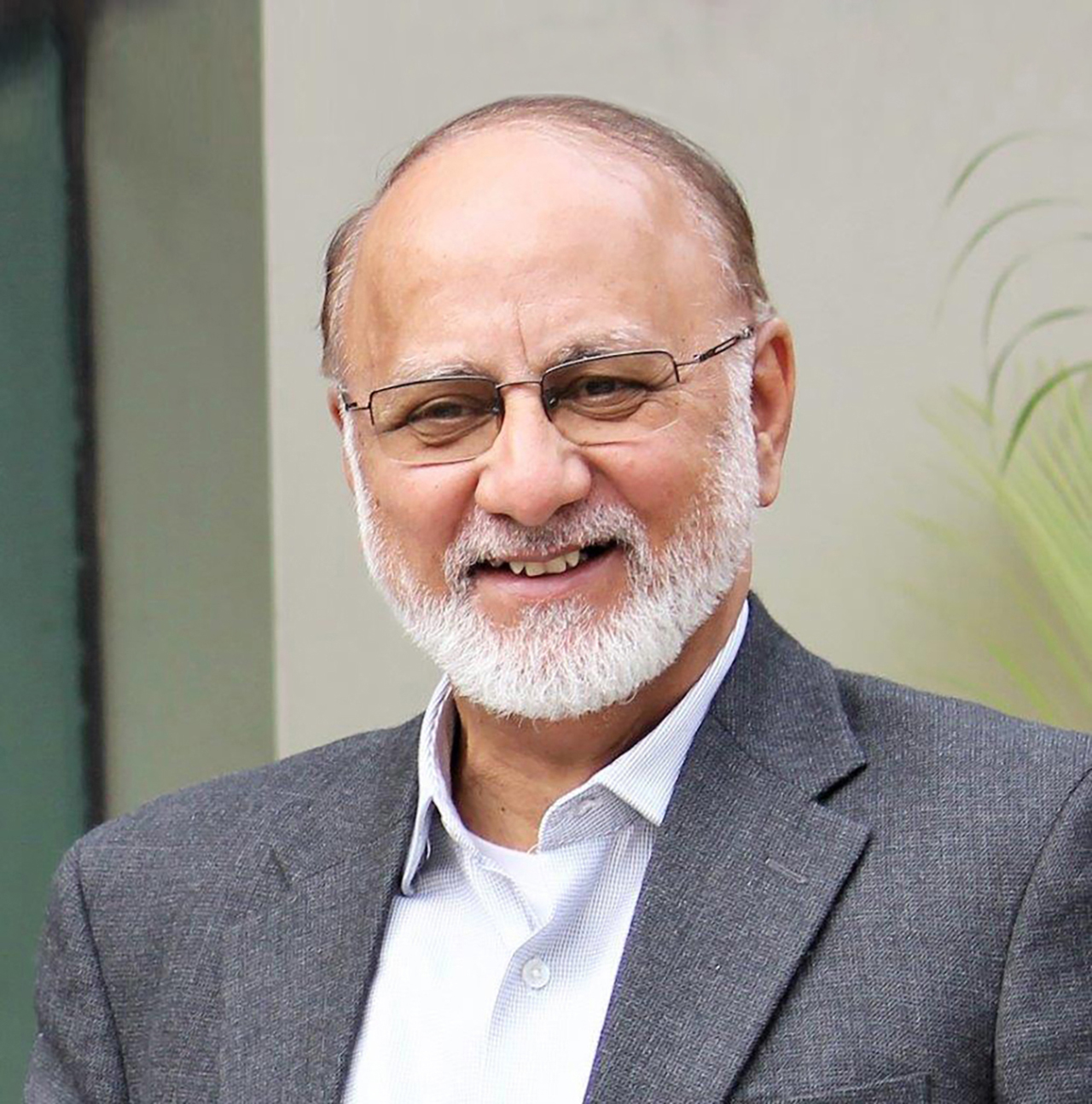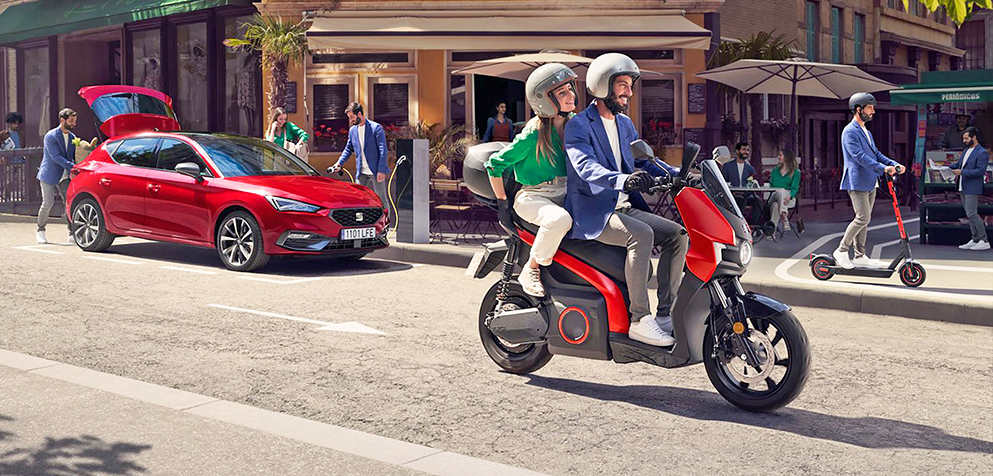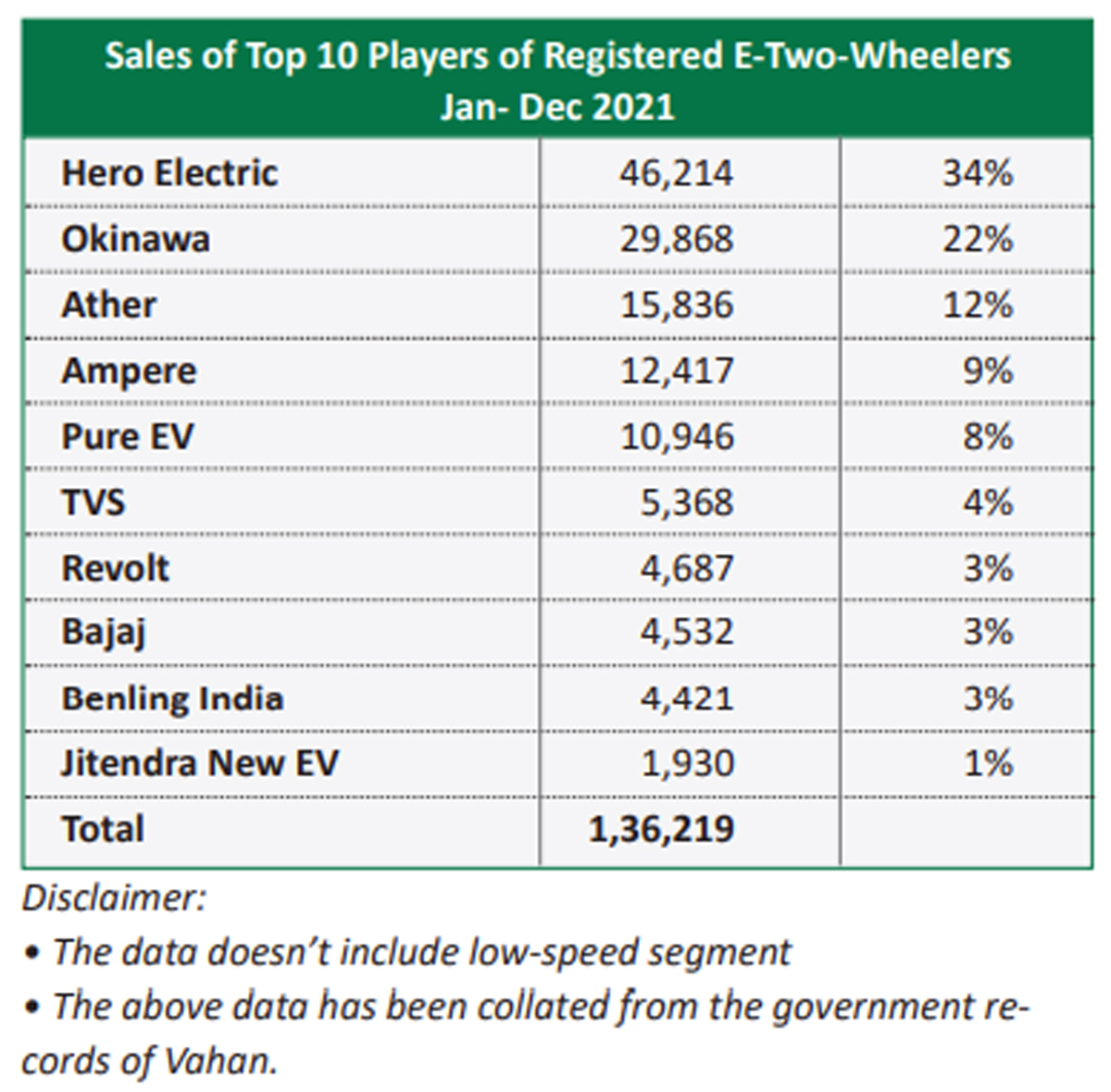
Both federal and state policies are acting as strong tailwinds to transform India’s mobility sector to electric and help achieve a reduction in atmospheric pollution as well as the ever-burgeoning crude oil import bill

The year 2021 has been a defining one for the electric vehicle market, especially the electric two-wheeler (E2W) in India. The total sales of E2W, including high-speed (HS) and low-speed (LS) E2W in the 12-month period of January to December 2021 increased by 132% over the corresponding year 2020. The industry registered sales of 2,33,971 E2W as against 1,00,736 units sold in 2020.
The high-speed E2Ws, which have speeds greater than 25km per hour and require a full license, registered a whopping 425% growth, while the low-speed E2Ws (less than 25km per hour, no license, no registration) grew only by 24%. The low-speed has had negative growth in the last two quarters of 2021. The market share of the low-speed segment used to be upwards of 70% in all the previous years, and that has dipped to less than 15% in the last quarter of October to December 2021. The low-speed E2Ws are not subsidised under the FAME 2 policy that incentivizes only high-speed bikes based on their battery capacity at Rs 15,000 kwh, which has made the entry-level high-speed E2Ws cheaper than many of the low-speed ones.

Commenting on the performance of the industry, Sohinder Gill, Director General, Society of Manufacturers of Electric Vehicles (SMEV), said, “We haven’t seen better days than the last few months in the entire EV journey. In the last 15 years, we collectively sold around 1 million E2Ws, e-three wheelers, e-cars, and e-buses, and we will most likely sell the same 1 million units in just one year beginning January 2022. The recent positive changes in the EV policy through FAME 2 are a game-changer and a decisive move by the government to ensure a cleaner and greener transportation sector, reducing reliance on expensive and contaminated liquid fuel. Customers have now started shifting in large numbers from petrol two-wheelers to electric ones due to attractive prices, lower running costs and lower maintenance.”

“A significant percentage of customers also factor in the environment and sustainability in their decision to buy an electric two-wheeler. Going by the recent monthly trends, the next 12 months may see 5-6 times the growth over the previous 12 months,” he added. The E2W market is divided into three segments: low-speed, city-speed and high-speed. While the low-speed segment is waning away, the city-speed segment (up to 50 km per hour) is gaining traction due to attractive pricing and lower replacement costs of batteries. Adoption in the high-speed segment, i.e. 70 km per hour, is low but may increase in the next few years as the battery prices come down.

Gill explained the confusing nomenclature used for electric two-wheelers in India by saying, “Currently, all-electric two-wheelers sold in India are called electric bikes or e-bikes, but in fact, they are either electric motorcycles (around 2% of the market) or electric scooters (98%) that can comfortably seat two people and look like their petrol two-wheeler counterparts. There are no e-scooters like the ones seen in North America or Europe on which a rider can stand and go short distances. Electric cycle sales in India (popularly known as e-bikes globally) are also negligible and just beginning to happen. However, in the next 2-3 years, we will have products across all segments, ranging from e-scooters, e-motorcycles and e-cycles from large and organised players. In 4-5 we can now confidently predict that around 30% of the two-wheeler market will be electric.”
Both federal and state policies are acting as strong tailwinds to transform India’s mobility sector to electric and help achieve a reduction in atmospheric pollution as well as the ever-burgeoning crude oil import bill.
